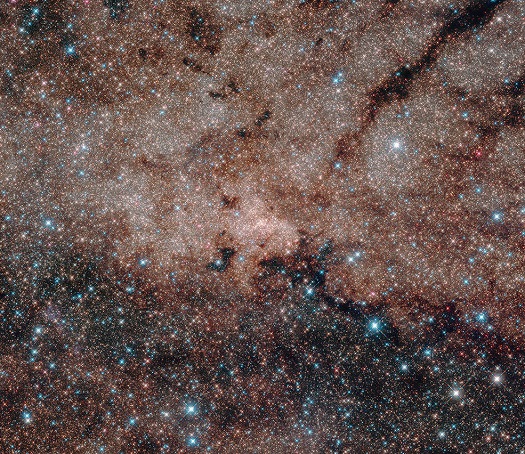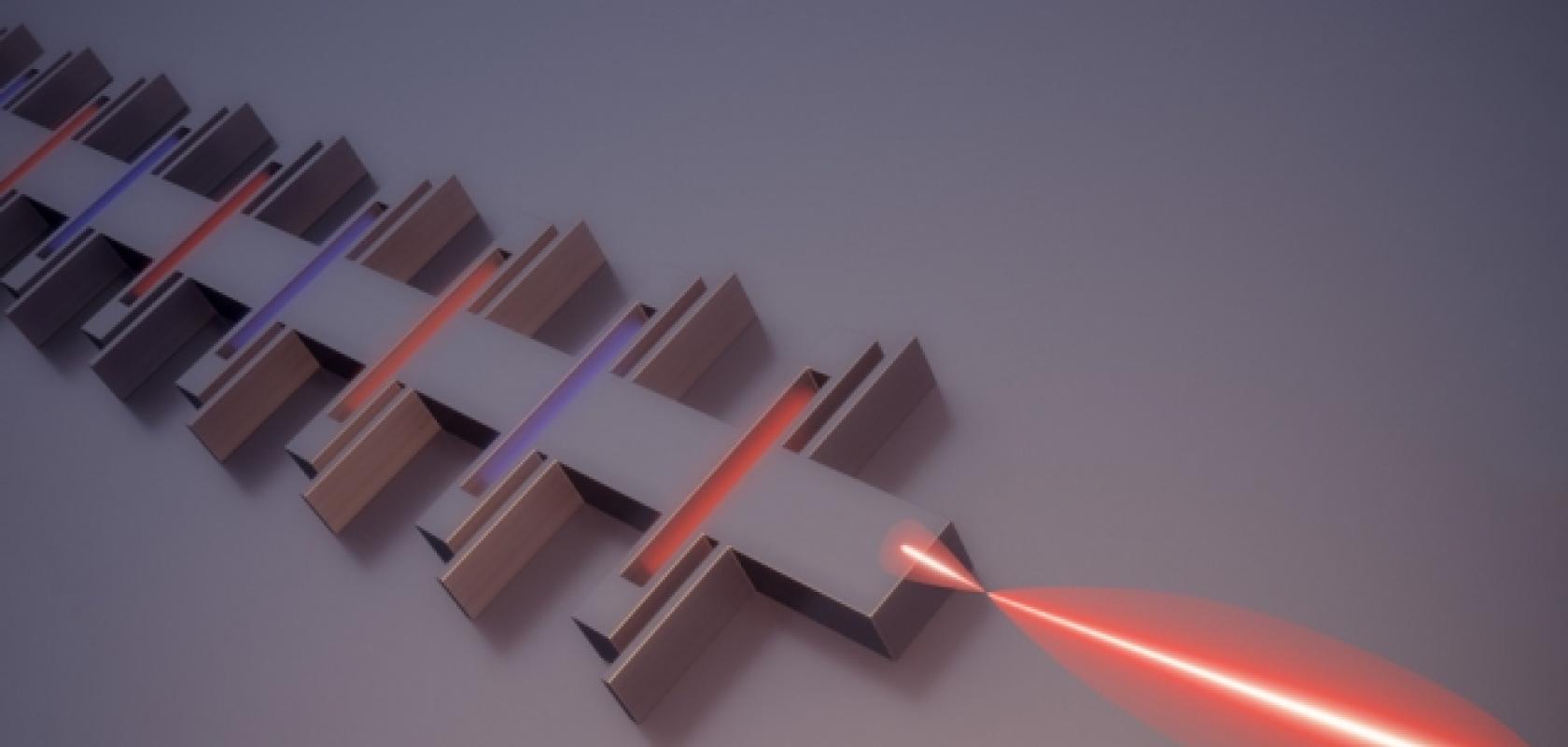MIT researchers have produced a new chip-mounted terahertz laser that has been selected by NASA to measure emissions from the interstellar medium – the matter that fills the space between stars – for its Galactic/Extragalactic ULDB Spectroscopic Terahertz Observatory (GUSTO) mission. The lightweight laser design, described in Nature Photonics, offers a boosted power output compared to other chip-mounted terahertz sources, and will enable the laser to be carried into in the Earth’s upper atmosphere to perform measurements.

The new chip-based terahertz laser design will be used to measure emissions from the interstellar medium (Credits: NASA, ESA, and Hubble Heritage Team)
MIT professor of electrical engineering and computer science, Qing Hu, along with his research group and colleagues at Sandia National Laboratories and the University of Toronto, produced the new device – known as a photonic wire laser – by altering the design of a quantum cascade laser with distributed feedback, enabling it to achieve increased output powers of up to 80 per cent. The researchers achieved this by redirecting the light that usually exits the back of quantum cascade lasers – resulting in half the laser’s energy output being squandered – in a desirable direction.
While the bidirectionality of conventional lasers is addressed using mirrors, the wavelength of terahertz lasers is too long for them to have the same effect, meaning only a tiny fraction of a wave’s total energy would be reflected. Hu’s group therefore used special reflectors that are wider than the waveguide of a quantum cascade laser, spacing them in a way that the reflected radiation would reinforce terahertz waves in one direction, while cancelling them out in the other. Due to the alteration, approximately 80 per cent of the energy that would have exited the waveguide in the wrong direction can now be redirected the other way.
‘They’ve come up with a very elegant scheme to essentially force much more of the power to go in the forward direction,’ said Ben Williams, an associate professor of electrical and computer engineering at the University of California at Los Angeles. ‘And it still has a good, high-quality beam, so it really opens the door to much more complicated antenna engineering to enhance the performance of these lasers.’
The new laser will join other carbon and nitrogen emission detectors on a telescope equipped to an Ultralong-Duration Balloon (ULDB) that will perform measurements in the Earth’s upper atmosphere as part of the GUSTO mission, which is due to launch in 2021 from McMurdo, Antartica. The balloon will cost approximately $40 million and is expected to stay in the air between 100 to 170 days, depending on weather conditions.
‘GUSTO will provide the first complete study of all phases of the stellar life cycle, from the formation of molecular clouds, through star birth and evolution, to the formation of gas clouds and the re-initiation of the cycle,’ said Paul Hertz, astrophysics division director in the Science Mission Directorate in Washington.
The new MIT work was funded by NASA, the National Science Foundation, and the US Department of Energy.


